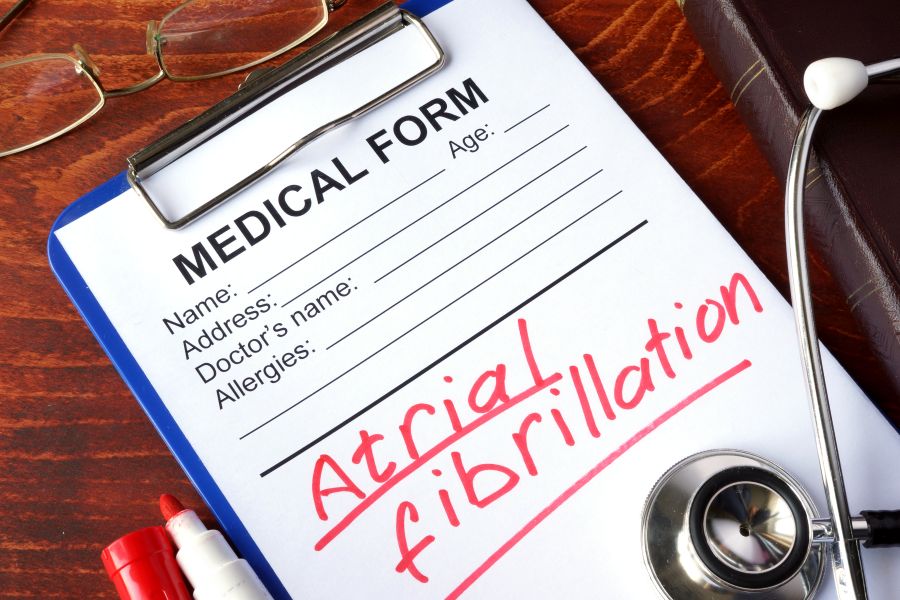
Atrial fibrillation, often called A-fib, is the most common heart rhythm problem. It causes the heart to beat irregularly and sometimes at a speedy rate. More than one in four adults over age 40 will develop A-fib in their lifetime, and the number of people living with it in the United States is expected to reach 12 million by 2030.
Why does this matter? A-fib isn’t just an uncomfortable heartbeat. It increases the risk of stroke by five times and can also lead to heart failure. That’s why finding it early — and treating it effectively — is so important.
How A-fib has been treated in the past
For years, treatment has included medicines to slow the heart or control its rhythm. If medicines didn’t work well, doctors sometimes recommended a procedure called catheter ablation, which targets the areas of the heart that trigger A-fib.
The older ablation methods used heat or freezing to destroy those areas. These treatments helped many patients but could take several hours and carried a small risk of damage to nearby tissues, like the esophagus or nerves.
The upgrade: Pulse field ablation
Today, there’s a new option called pulse field ablation (PFA). Instead of heat or cold, PFA uses quick electrical pulses that target only the heart cells, causing the abnormal rhythm — while sparing the surrounding tissue.
Why patients are excited about PFA
- Procedures usually take less than an hour.
- Recovery is faster, often going home the same day.
- Complications are rare.
- Early studies show it works as well as, or even better than, older methods.
Why timing matters
In the past, people often had to try several medicines before being considered for ablation. That is no longer the case. New guidelines recommend ablation — even as a first treatment option — for some patients with symptoms. Research shows that treating A-fib earlier leads to better long-term results and helps people avoid years of symptoms and medication side effects.
What patients can do
If you or someone you know has A-fib:
- Talk to your primary care doctor or cardiologist about whether you might be a candidate for ablation.
- Ask about PFA as a safer, faster option.
- Manage other health conditions — such as high blood pressure, diabetes, sleep apnea, and weight — since these can make A-fib worse.
- Stay on prescribed blood thinners until your doctor says otherwise, as stroke risk doesn’t disappear right away after ablation.
A real-life example
One patient, age 55, had A-fib that made him tired and unable to tolerate his medications. Instead of waiting years, he underwent pulse field ablation. The 45-minute procedure let him go home the same day. A year later, he is symptom-free, active, and back to living life to the fullest.
The bottom line
A-fib is severe, but treatment options are improving. Pulse Field Ablation is making procedures quicker, safer, and more effective. If you experience A-fib symptoms, don’t wait—talk with your doctor about whether early treatment could help you live a healthier life with fewer worries.
Learn more about Northside Hospital Heart Institute.

